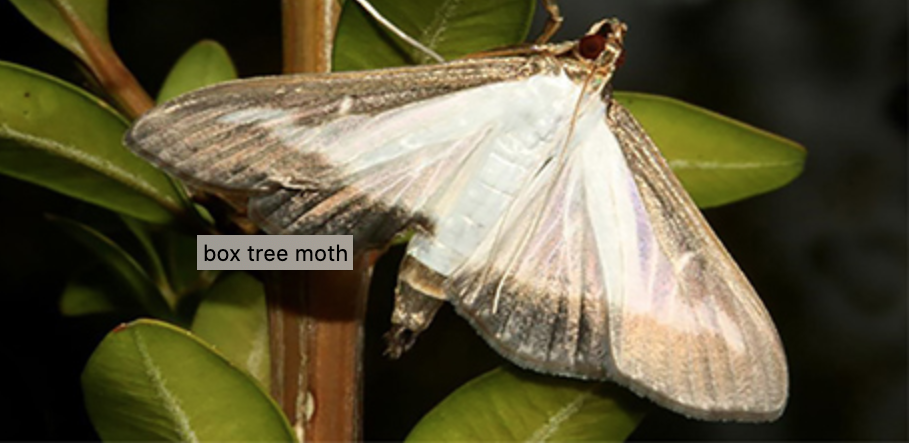I have extensive damage to my euonymous plant this spring, I guess caused by winter weather.
Large portions of this mature shrub are brown leaved/dead. The bottom part of the shrub is fine; it’s just the top and middle.
Can I prune back the dead sections now? How far? Should I cut back the whole shrub t get it to rejuvenate for next year? If so, how much and when?
Thank you. It is very unsightly and I’d like it back.
Thank you for contacting the Toronto Master Gardeners.
Your question describes an Euonymus shrub (possibly Burning bush – Euonymus alatus) and it is difficult when a mature plant, shrub or tree suddenly shows significant damage. Damage from a winter of heavy frost, thaw, then frost again can devastate hedges and plants.
Pruning your shrub may help to rejuvenate it. Using a slow release fertilizer at the base of the shrub could add nutrients and encourage growth. Generally the rule is to cut back 1/3 of a shrub or tree per year. Below is a TMG link to pruning ornamental shrubs:
Below is a link to a TMG answer about Burning bush (Euonymus alatus) which is a pretty tolerant and adaptable shrub, but susceptible to spider mites and is not a native plant.
https://www.torontomastergardeners.ca/askagardener/burning-bush-prematurely-turning/
Unfortunately, there are diseases and insects lurking that may be affecting your Euonymus. Euonymus scale has become a concern in many landscapes. Scales are insects. Generally, they can be described as small bumps which can be easily scraped away. They are often found on trunks, twigs and branches.
http://omafra.gov.on.ca/english/crops/facts/escale.htm
Another current and serious problem in Ontario is boxwood tree moth. In the links below, this insect is described in detail. The U.S. Department of Agriculture is carefully monitoring many Canadian shrubs including Euonymus for Boxwood Tree Moth.

https://www.aphis.usda.gov/aphis/newsroom/stakeholder-info/sa_by_date/sa-2021/sa-05/box-tree-moth
The best practice is to monitor the shrub for larvae, insects, moths and scale. If any of these appear, then it’s not likely that the shrub will survive. Plus it may spread disease to neighbouring plants. If nothing is visible and it seems to be winter damage, then follow the pruning guidelines. Fertilize and provide adequate water throughout the summer. Sometimes, if plants are comprised, they may not survive another winter. If your shrub doesn’t make through another winter, then below is a link to native shrubs. Using one of these plants could ensure hardiness, resistant to insects, disease and the pleasure of seeing it continue in your garden for many years.
Best of luck with your Euonymus shrub. Working with plants is an evolving scenario of growth, maturity and sometimes letting go. The gardening motto: “The right plant in the right place” is not only about using specific plants in appropriate locations. But choosing plants that correlate with the larger issue of climate fluctuation, invasive elements and and ever-changing environmental suitability.

